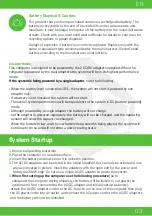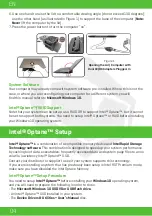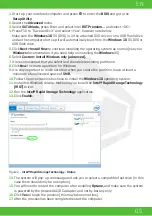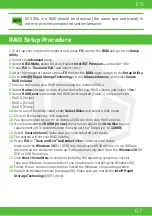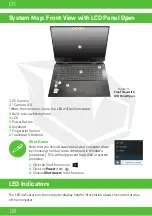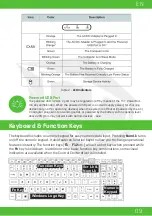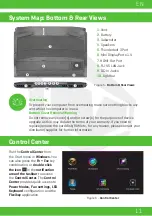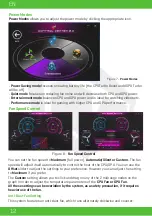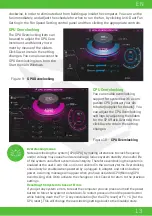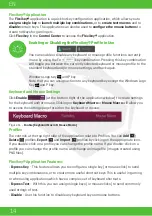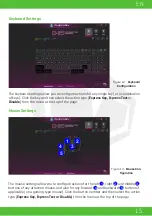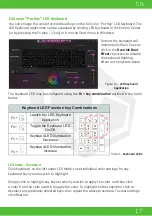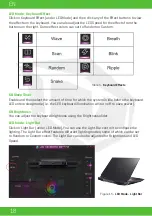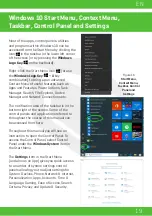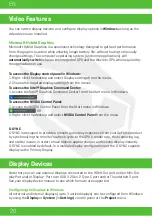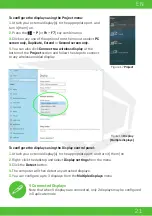
06
EN
Disabling Intel® Optane™
If you wish to disable an existing Intel® Optane™ setup then follow the procedure below to
do so.
1.
Run the
Intel® Rapid Storage Technology
application.
2.
Click
Disable.
3.
Click
Yes
when the message pops up.
4.
Restart the computer to complete the process.
5.
Run the
Intel® Rapid Storage Technology
application.
6.
The
Status
of
Intel® Optane™ Memory
is indicated in the Window.
Your solid state drives (SSDs) can be set up in RAID mode (for increased performance or
protection).
Note that setting up your solid state drives in RAID mode needs to be done prior
to installing the Windows OS.
Do not change the mode unless you intend to reinstall your
operating system, and make sure you back up all necessary files and data before doing so.
To configure your RAID (Redundant Array of Independent Disks) system in Striping (RAID 0)
or Mirroring (RAID 1) mode (see
Table 1
) you will require two identical solid state drives.
Prepare the following before setting up your
PCIe SSDs
in RAID mode:
•
The
Microsoft Windows 10 OS
on a DVD or USB flash drive.
•
Two identical
PCIe
solid state drives.
•
The
Device Drivers & Uti User’s Manual
disc.
Table 1 -
RAID Description
RAID Setup
RAID Level
RAID 0
(at lease two SSDs
needed)
RAID 1
(at lease two SSDs
needed)
RAID 5
(at lease three
SSDs needed)
Identical drives reading and writing data in parallel to
increase
performance.
RAID 0 implements a striped disk array and the data
is broken into blocks and each block is written to a separate drive.
Identical drives in a mirrored configuration used to
protect data.
Should
a drive that is part of a mirrored array fail, the mirrored drive (which
contains identical data) will handle all the data. When a new replacement
drive is installed, data to the new drive is rebuilt from the mirrored drive
to restore fault tolerance.
RAID 5 (Parity) is the most regularly used secure RAID level. RAID 5 consists
of blocklevel striping with distributed parity so data blocks are striped across
the drives and parity data is not written to a fixed drive, but is spread across all
drives. Using the parity data, the computer can recalculate the data of one of
the other data blocks, should that data no longer be available. A RAID 5 array
can withstand a failure of a single drive so that no data is lost.
Description
Summary of Contents for SEMRUK S7 V7.1
Page 90: ...TURKEY UAE CYPRUS GERMANY...




